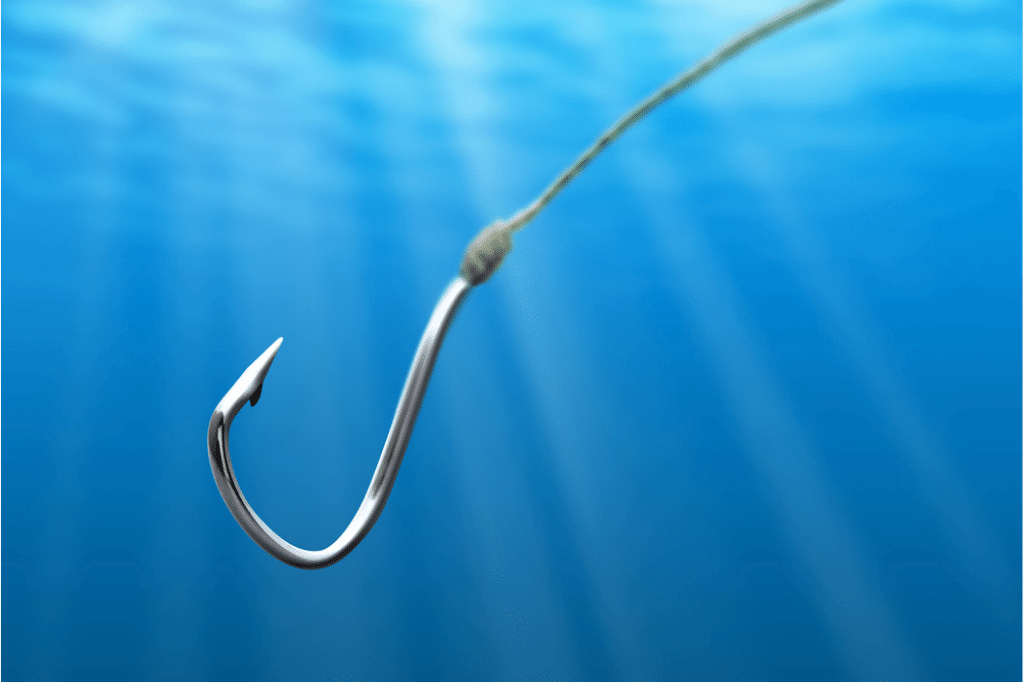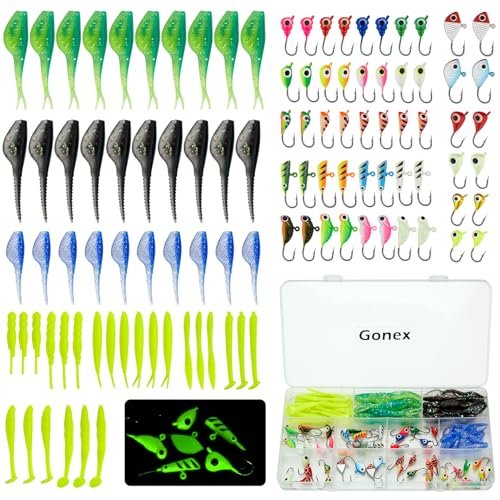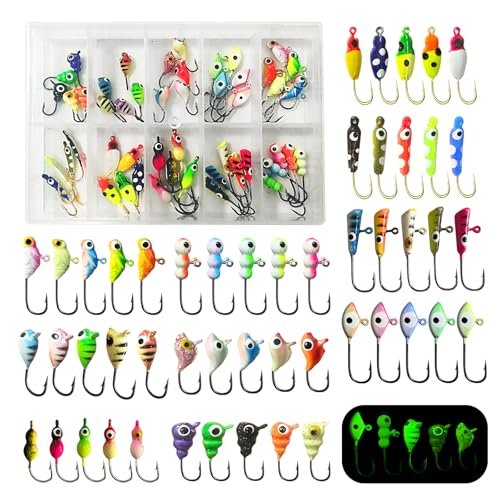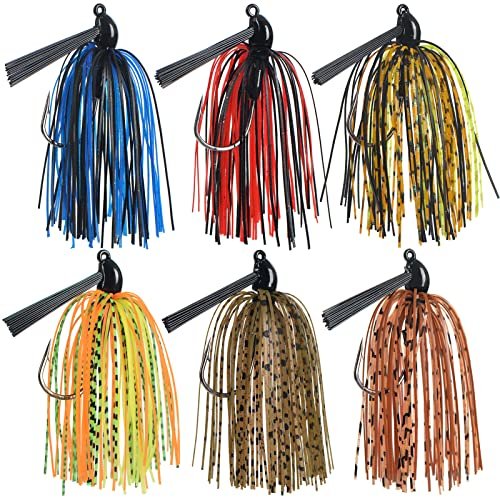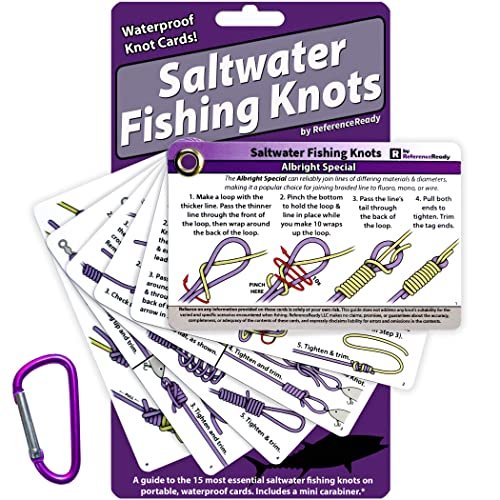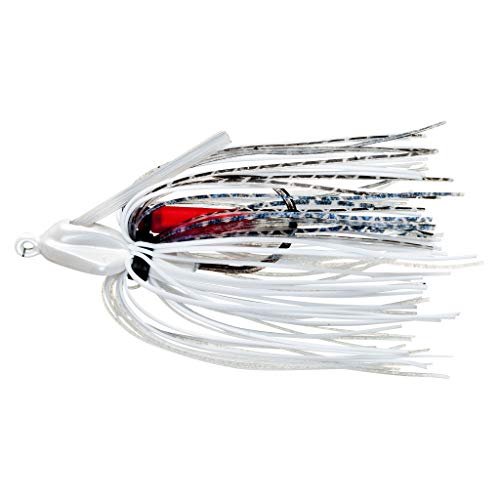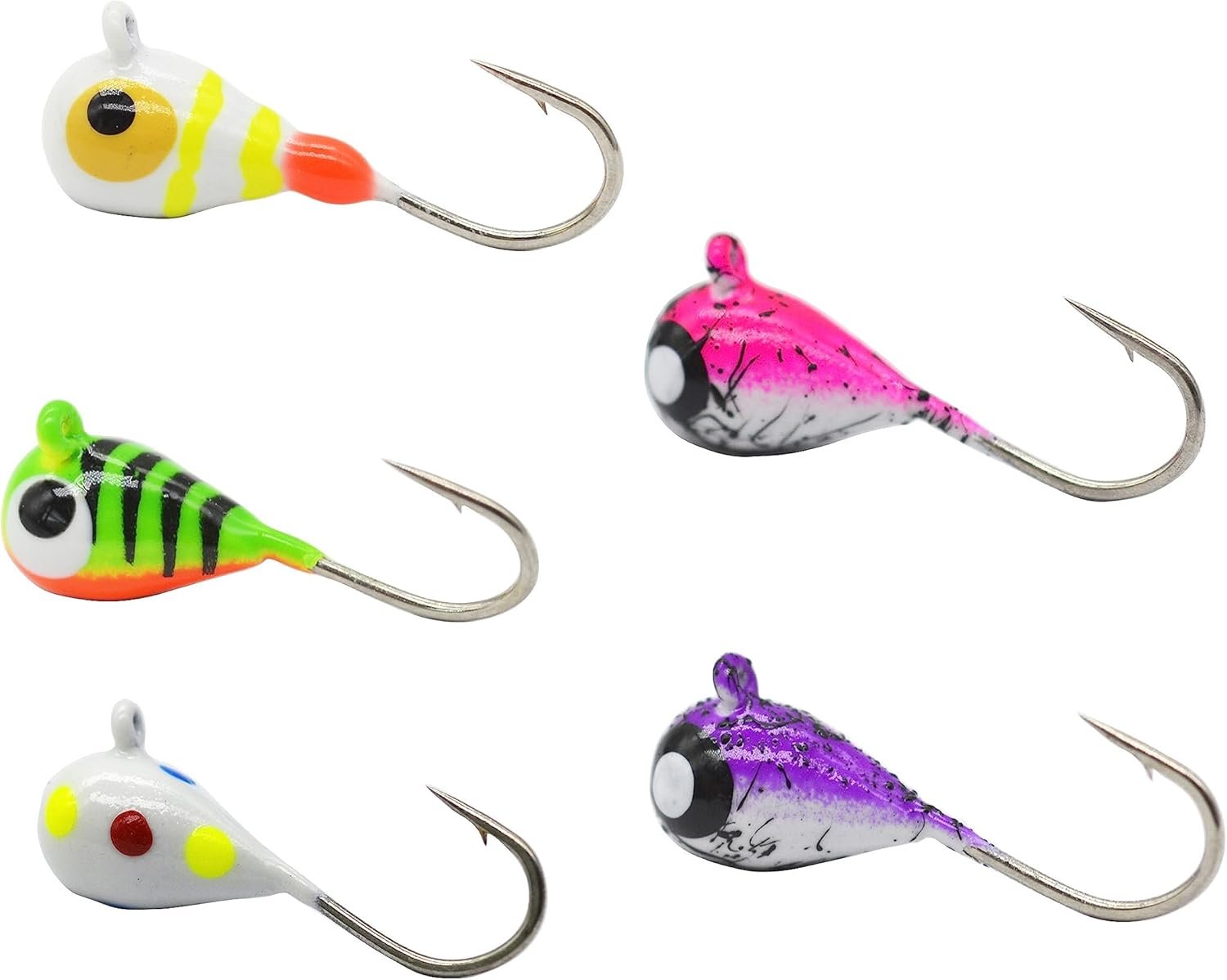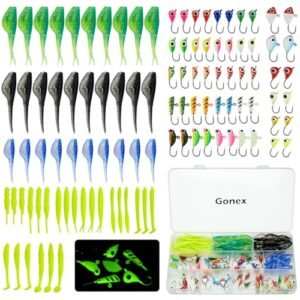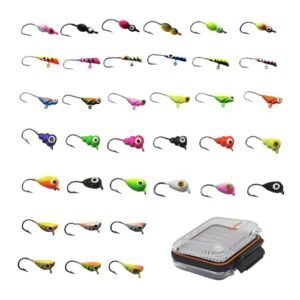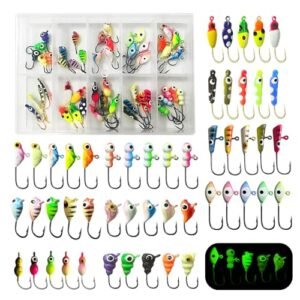Fishing hooks are essential accessories for any angler, acting as the crucial link between the angler and the fish. These small but mighty tools are available in a wide range of sizes, materials, and designs to suit different fishing techniques and target species.
Whether you’re using a simple bait hook for bottom fishing or an intricate fly hook for fly fishing, selecting the right hook can greatly impact your fishing success. Understanding the anatomy and mechanics of fishing hooks is fundamental for optimizing your fishing experience and achieving a great catch. We will delve into the world of fishing hooks, exploring their types, sizes, features, and how to choose the best one for your fishing expedition.

Credit: www.sunsetbaits.com
Evolution Of Fishing Hooks
Fishing hooks have evolved significantly over time to improve efficiency and target a wider range of fish species
Early Hook Designs
Early fishing hooks were crafted from primitive materials like bones, shells, and wood to catch small fish. The design gradually progressed to include sharpened metal hooks around 3,000 years ago. These early metal hooks were simple in shape and function, serving the primary purpose of snaring fish.
Modern Innovations
The fishing hook evolution took a leap with modern innovations incorporating advanced materials and technologies. High-tech hooks are now made from durable materials like stainless steel and carbon fiber for enhanced strength and durability. The introduction of barbless hooks emerged as a sustainable option to reduce harm to fish populations.

Anatomy Of A Fishing Hook
In the world of fishing, understanding the anatomy of a fishing hook is essential. A fishing hook may seem like a simple tool, but it consists of several parts, each serving a specific function. By familiarizing yourself with the different components, you can choose the right hook for the fish you’re targeting and increase your chances of a successful catch. Let’s explore the parts that make up a fishing hook and their respective functions.
Understanding The Parts
Before we dive into the function of each part, let’s first understand the components that make up a fishing hook. A standard fishing hook typically consists of:
- Point: The sharp end of the hook that pierces the fish’s mouth.
- Barb: A small projection or ridge located just below the point that prevents the hook from easily slipping out of the fish’s mouth.
- Shank: The straight portion of the hook between the eye and the bend.
- Bend: The curved section of the hook that resembles the letter U.
- Eye: The small loop at the top of the hook where the fishing line or leader is attached.
Function Of Each Part
Now that we know the different parts of a fishing hook, let’s explore their individual functions:
| Part | Function |
|---|---|
| Point | The point of the hook is designed to pierce the fish’s mouth and secure the hook. |
| Barb | The barb prevents the hook from easily coming loose once it’s lodged in the fish’s mouth, increasing the chances of a successful hookset. |
| Shank | The shank provides stability and strength to the hook. Its length can vary depending on the type of hook. |
| Bend | The bend of the hook is crucial in keeping the fish hooked. It helps prevent the fish from throwing the hook during its struggle. |
| Eye | The eye serves as the attachment point for the fishing line or leader, allowing the angler to connect the hook to the rest of the fishing rig. |
By understanding the function of each part, you can make informed decisions about the type and size of hook to use for different fishing scenarios. Remember, choosing the right hook can significantly impact your fishing success.
Choosing The Right Fishing Hook
Choosing the right fishing hook is crucial for a successful fishing expedition. It involves selecting the appropriate hook based on the fish species and the fishing conditions. With the right hook, you can significantly improve your chances of landing that prized catch. Let’s delve into the key factors to consider when choosing a fishing hook.
Matching Hook To The Fish Species
Different fish species require specific types and sizes of hooks. Matching the hook to the fish species can greatly enhance your chances of a successful catch. Consider the following factors when selecting a hook for a particular fish species:
- Size: Use smaller hooks for smaller fish and larger hooks for bigger fish.
- Shape: Choose the hook shape (e.g., J-shaped, circle, or treble hook) that suits the feeding habits of the fish species.
Considering Fishing Conditions
Fishing conditions such as water clarity, depth, and weather play a significant role in determining the type of hook to use. Take into account the following aspects when considering the fishing conditions:
- Water Clarity: Opt for a more discreet hook in clear water to avoid spooking the fish.
- Depth: Adjust the size and weight of the hook based on the depth at which you are fishing.
- Weather: Choose a durable hook material that can withstand challenging weather conditions.
Types Of Fishing Hooks
Fishing hooks come in various shapes and sizes, each designed for a specific purpose. Whether you are a seasoned angler or just starting out, it is essential to understand the different types of fishing hooks available and their applications. In this article, we will explore four popular types of fishing hooks: J-Hooks, Circle Hooks, Treble Hooks, and Offset Hooks.
J-hooks
J-Hooks are one of the most commonly used types of fishing hooks. As the name suggests, these hooks resemble the letter “J” in shape. They have a pointed end and a curved shank that provides excellent holding power. J-Hooks are versatile and can be used for a wide range of fishing techniques, including bait fishing, trolling, and bottom fishing. These hooks are available in different sizes, with larger ones suitable for catching bigger fish and smaller ones for targeting smaller species.
Circle Hooks
Circle hooks have gained popularity in recent years due to their effectiveness in catch-and-release fishing. These hooks have a distinct circular shape, with the point turned inwards towards the shank. Circle hooks are designed to hook fish in the corner of the mouth, reducing the risk of gut hooking. When a fish takes the bait and starts swimming away, the hook is more likely to rotate and set itself, increasing the chances of a successful hook-up. Circle hooks are commonly used for live bait fishing, particularly when targeting species like catfish, bass, and saltwater fish.
Treble Hooks
Treble hooks consist of three hooks that are joined together at the shank, forming a triangle shape. These hooks are often used in lures and artificial baits, where multiple hooks increase the chances of hooking a fish. Treble hooks are commonly found in freshwater and saltwater fishing setups and are effective for catching a wide range of species. However, it is important to exercise caution when using treble hooks, as they can cause more damage to fish and may increase the risk of injury during catch-and-release.
Offset Hooks
Offset hooks are similar to J-Hooks in their shape; however, they have an offset bend near the eye of the hook. This bend creates a gap between the shank and the point of the hook, allowing for a better hook-up rate. Offset hooks are commonly used in various fishing techniques, including worm fishing, Texas rigging, and Carolina rigging. These hooks provide excellent hook penetration and are ideal for fishing in areas with cover or vegetation where a weedless presentation is required. Remember, the choice of fishing hook depends on various factors, such as the type of fishing, target species, and bait used. It is important to have a good understanding of each hook’s characteristics and applications to maximize your chances of success on your next fishing trip.
Setting Up The Perfect Rig
Fishing hook is a crucial element in any angler’s toolkit. The success of your fishing excursion often hinges on the way you set up your rig. Here’s a guide on how to set up the perfect rig for a successful fishing experience.
Selecting Hook Size And Style
It’s essential to consider the size and style of the fishing hook to match your target species and bait. Different fish species require different hook sizes, ensuring you use the appropriate hook to avoid losing catches.
Adding Bait Or Lure
Once you have determined the hook size and style, it’s time to add the perfect bait or lure. This step requires careful consideration as the type of bait you use can significantly impact your overall fishing experience.
Techniques For Hooking Fish
Fishing is not just about casting your line and waiting for a bite; it involves skillful techniques for hooking fish. Proper hook set and maintaining tension are crucial aspects that can significantly improve your success rate. Let’s delve into these effective techniques for hooking fish.
Proper Hook Set
When a fish strikes, a proper hook set is crucial to ensure the hook penetrates the fish’s mouth and secures a good hold. Here are the key steps for a successful hook set:
- Keep the rod tip low to the water surface
- Quickly reel in the slack
- Use a swift, firm hook set motion
Maintaining Tension
Once the fish is hooked, maintaining tension is vital to prevent the fish from shaking off the hook. To maintain tension effectively, remember the following:
- Keep the rod tip up to absorb the fish’s sudden movements
- Apply consistent pressure while reeling in
Caring For Your Hooks
Cleaning And Maintenance
Clean hooks prevent rust and maintain sharpness for effective use.
- Use a brush to remove debris from hook eyes and barbs.
- Rinse hooks with fresh water after fishing in saltwater.
- Dry hooks thoroughly before storing to prevent rust.
Storage Tips
Proper storage extends the lifespan of fishing hooks.
- Keep hooks in a dry place away from moisture.
- Use a tackle box with compartments for organized storage.
- Store hooks in individual containers to prevent tangling.
Safety Measures
Fishing is an exciting and rewarding outdoor activity, but it’s crucial to prioritize safety. By following a few simple guidelines, you can ensure a safe and enjoyable fishing experience. One of the most important aspects of fishing safety is handling fishing hooks correctly. In this article, we will discuss safety measures and techniques to handle hooks safely and remove embedded hooks.
Handling Hooks Safely
When it comes to handling fishing hooks, it is essential to take the extra precaution to avoid accidents. Here are some safety measures to follow:
- Use pliers or forceps: Always keep a reliable pair of pliers or forceps in your tackle box. These tools will help you handle the hooks without putting your fingers at risk.
- Hold the hook properly: To avoid injuries, hold the fishing hook carefully by its shank. Be cautious not to touch the sharp point. Wearing protective gloves can add an extra layer of safety.
- Avoid deep hooking: Deep hooking can be dangerous for both the fish and the angler. To prevent deep hooking, set the hook as soon as you feel a bite and maintain tension on the line.
- Keep hooks covered: While not in use, cover the hooks with a protective cap or store them securely in a tackle box. This prevents accidental injuries and ensures the hooks stay in good condition.
Removing Embedded Hooks
Removing an embedded hook requires caution and technique. It’s always recommended to consult a medical professional if the hook is deeply embedded or if it is near a sensitive area. However, here are some general steps to safely remove an embedded hook:
- Assess the situation: Determine the hook’s location and how deeply it is embedded. Evaluate the potential risks and decide if you can remove it without professional assistance.
- Stabilize the hook: Hold the fishing line tightly to stabilize the hook, minimizing any movement that can cause further injury.
- Backward removal: Using pliers or forceps, gently and steadily rotate the hook backward along the same path it entered the skin. Keep a constant, slow motion to reduce pain and damage.
- Check for cleanliness: After the hook is removed, clean the wound thoroughly with an antiseptic solution and apply a sterile bandage to prevent infection.
By following these safety measures for handling fishing hooks and removing embedded hooks, you can minimize the risks associated with fishing accidents. Remember, safety should always come first, allowing you to enjoy your fishing adventures responsibly.
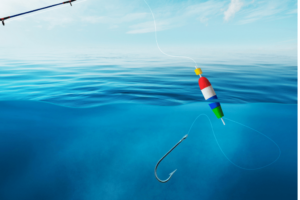
Frequently Asked Questions Of Fishing Hook
What Is A Fishing Hook Called?
A fishing hook is called a hook. It’s a curved metal device used for catching fish.
What Are The 3 Hooks For Fishing?
The 3 types of fishing hooks are the J-hook, the circle hook, and the treble hook. These hooks vary in design and are used for different fishing techniques and target fish species.
How Are Fish Hooks Sized?
Fish hooks are sized based on the gap between the shank and the point. The larger the number, the smaller the hook.
Do Fish Know What Hooks Are?
Fish do not possess the cognitive ability to know what hooks are.
Conclusion
In the world of fishing, choosing the right hook can make a significant difference. Ensure you consider the size, shape, and material for optimal success. By understanding the importance of the fishing hook, you can enhance your fishing experience and land more catches.
Happy fishing!

